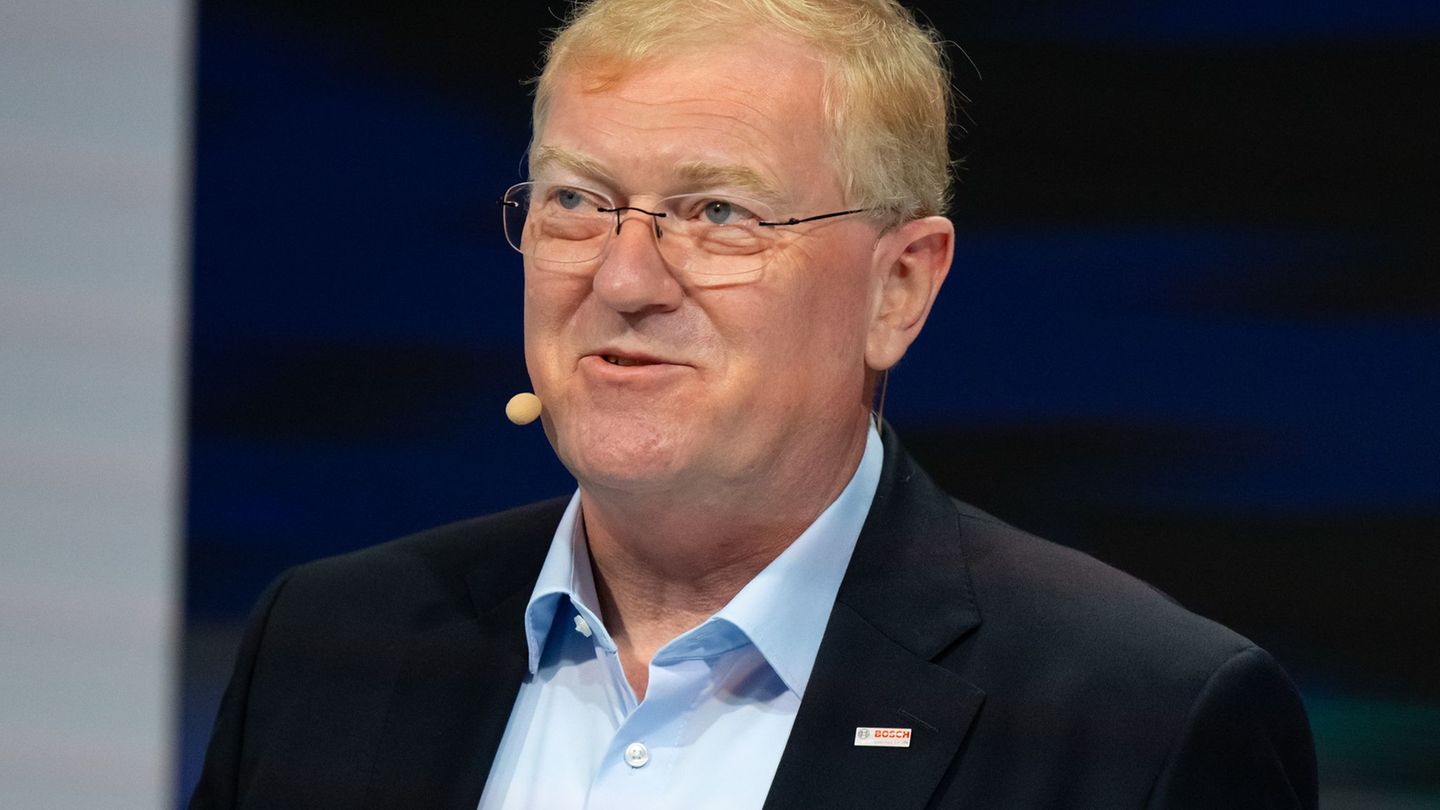More and more polls between central bankers and, above all, among those responsible who manage international reserves, realize that gold fever comes to stay, at least, for a long time.
The central banks doubled the rhythm of accumulation of gold in their international reserves in the last triennium with respect to the average of the previous decade, in a context of geopolitical and economic uncertainty, which has cloudy the perspectives for both the reserves administrators and for investors. However, The latest surveys between central bankers show that they are still waiting for gold to continue gaining participation within the international reserves menu. For example, according to an OMFIF survey, 32% of central banks hope to increase their gold holdings in the next 12 to 24 months, and more than 20% predict that the price will exceed $ 3,500 per ounce.
The content you want to access is exclusive to subscribers.
While for the latest CBGR survey the increase in participation is not only a figure but a clear sign of the compromise with gold between the community of central banks confirming the role of yellow metal in reserves management. So that the trends discovered in the different polls suggest that the central banks continue to recognize the benefits of investing in gold and indicate that their gold demand will probably remain solid in the predictable future. The findings clearly emphasize that confidence in gold within the central bank community remains positive, and expectations point to a continuous purchase of gold during the next 12 months, which reflects a Sustained trust in the strategic role of gold in a context of geopolitical and macroeconomic dynamics constantly evolving.


According to the CBGR 2025, the central banks maintain favorable expectations about gold since the vast majority of respondents (95%) believe that global gold reserves of central banks will increase in the next 12 months. In addition, this year there is a record of 43% of the central banks surveyed who believe that their own gold reserves will also increase during the same period. Curiously, None of the respondents foresee a decrease in their gold reserves.
Key reasons for assigning gold assets
Regarding the key issues when managing reserves, gold performance in times of crisis, portfolio diversification and inflation coverage are some of the factors that drive the plans to accumulate more gold during the next year. In this sense, they emphasize that the unique characteristics of gold and their role as a strategic asset are still valued by central banks: Its performance in times of crisis, its ability to act as a reserve of value and its role as an effective diversifier they remain cited as key reasons for the assignment of gold assets.
On the other hand, The majority of respondents (73%) foresee a moderate or significant reduction of dollars in world reserves over the next five years. Respondents also replied that the participation of other currencies, such as the euro and the Renminbi, as well as that of gold, will increase during the same period.
Another fact that highlights the survey is the increase in respondents that actively manage their gold reserves, from 37% in 2024 to 44% in 2025. Although the improvement of yields remained the main reason for this, risk management surpassed tactical trade as the second most selected reason.
Regarding the storage of gold reserves, The Bank of England remains the most popular destination among respondents (64%), but a significantly higher percentage of respondents declared to have gold reserves stored in their territory this year than last year (59% in 2025 compared to 41% in 2024). Only 7% of respondents indicated that it plans to increase the storage of gold reserves in their territory over the next 12 months.
What other interesting data contributed central banks and what perspectives glimpse?
- The bulls of good delivery are the preferred option to buy and conserve physical gold, and the bars of good delivery of London continue to dominate the purchase of physical gold by the central bankswith 56% of respondents choosing this option (for emerging 63% are their route to buy physical gold while 31% of advanced economies responded agreed).
- London’s good delivery bars also remain the main way in which central banks have gold, with 88% choosing this option.
- Among the central banks of emerging countries with gold production and 56% have a national gold purchase program underway while 12% are considering establishing it.
- Central banks consider that gold represents a growing proportion of their reservations: 76% believe that gold will represent a proportion (moderate or significantly) greater than total reserves within five years, compared to 69% last year.
- On the expectations of the evolution of gold reserves of world central banks in the next 12 months: 95% believe that official gold reserves will continue to increasecompared to 81% last year. In addition, 43% of respondents also believed that the gold reserves of their own institution would increase during the next year, compared to 29% in 2024, which marks a new record.
- Almost half of the respondents of emerging countries believed that their own gold reserves would increase in the next 12 monthsnotably more than respondents of advanced economies.
- When defining the relevant issues for reservation management decisions: 93% responded “Interest rates” levels “similar to last year’s survey, other factors that respondents considered relevant include “The concern for inflation” and “geopolitical instability”.
- Although the central banks of both emerging countries and advanced economies They agreed on their concern for interest ratesdivergences were observed around inflation and geopolitical instability: a higher percentage of emerging respondents consider that inflation (84%) and the geopolitical situation (81%) remain priority; While among the respondents of the developed, these figures were 67% and 60%, respectively.
- Although 59% of the total respondents indicated that Possible commercial conflicts/tariffs are relevant to their reservation management decisionsa higher percentage of these came from the respondents of emerging countries (69%) than those of advanced economies (40%).
Source: Ambito




